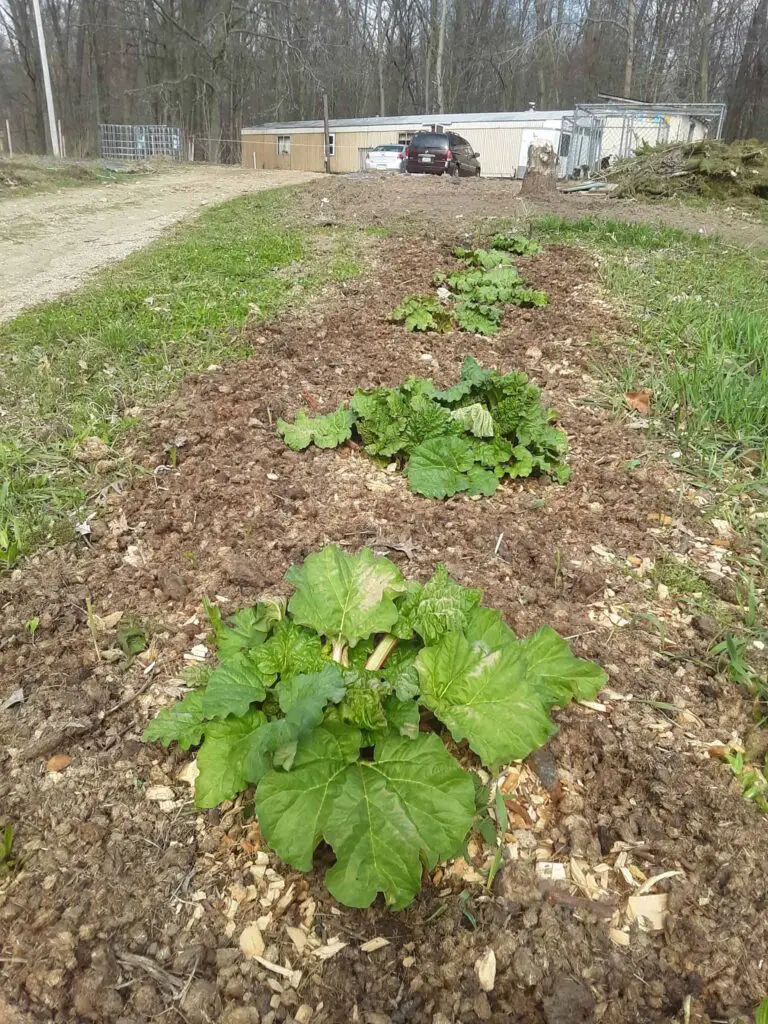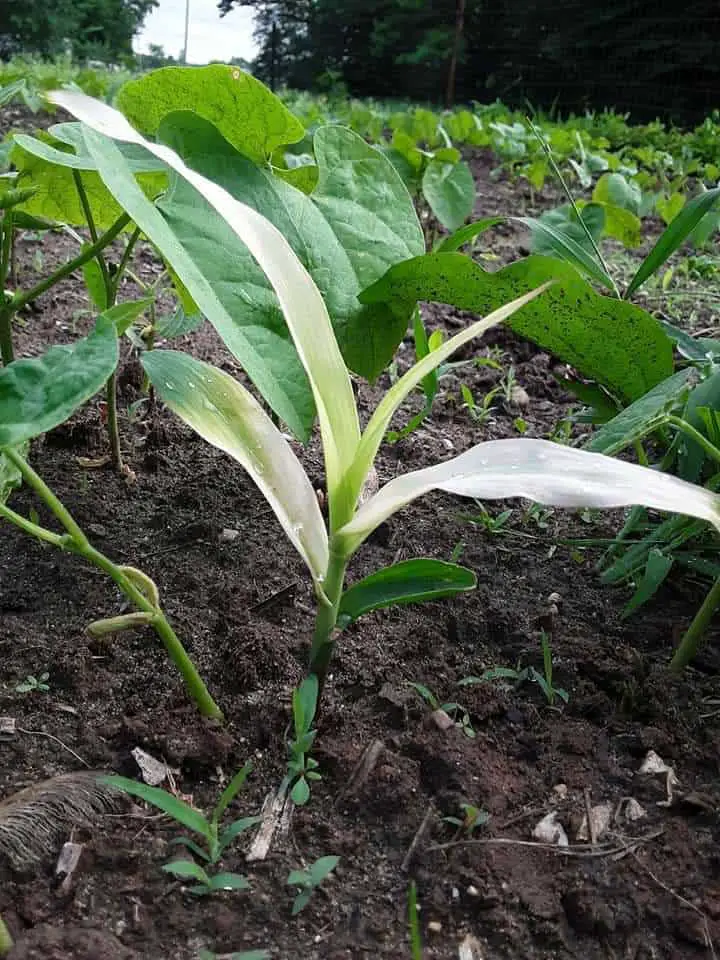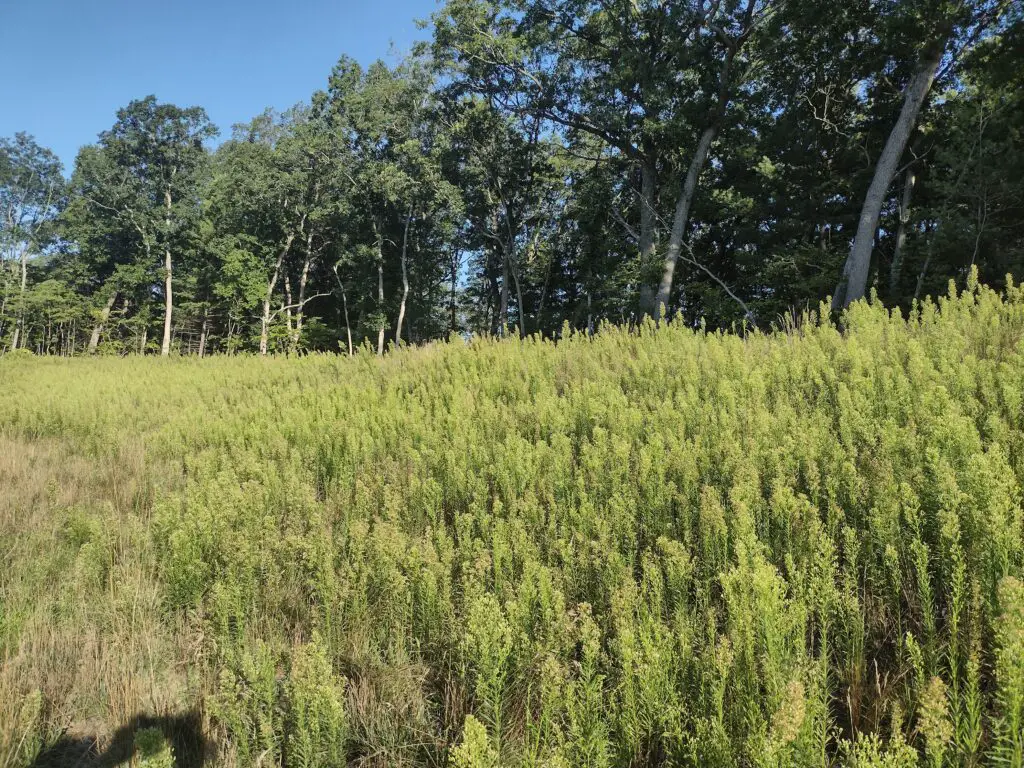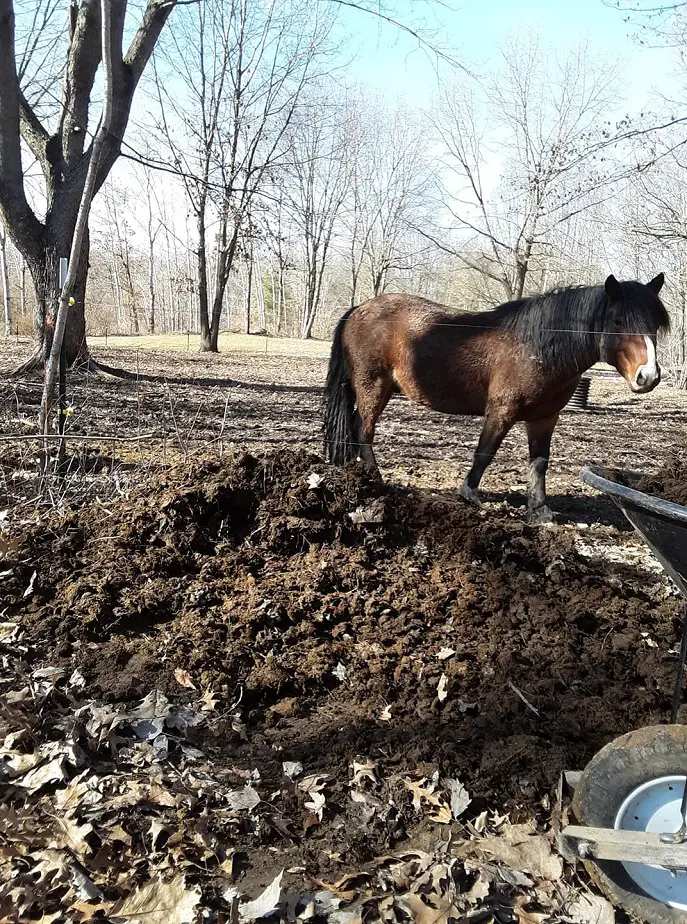I’ve used several tons of horse manure in my garden the past few years. Here’s what I’ve learned.
Horse manure is good for gardens. It contains little useable plant nutrients but is a good source of organic matter that boosts and conditions the soil, increasing its natural fertility. As it breaks down, it feeds beneficial microbiology and enriches the soil. But, it may contain weed seeds.
Manure has its pros and cons. Overall, I’m still a believer in horse manure. Here’s why.
Horse Manure Will Not Burn Plants
Horse manure doesn’t burn plants because it’s a mild manure. It isn’t “hot” or highly alkaline like some can be. Dry horse manure can be used as a mulch during the growing season, or it can be tilled into the soil in the fall or spring. It’s not going to kill or burn your plants unless you overdo it.
When it comes to manures, there’s a lot of hearsay and folk wisdom. Mention “using manure” in a gardening conference and you get responses from “that’s good stuff” to “oh no, you’ll burn all your plants”. Even experienced gardeners have wildly different opinions about the stuff.
I often hear how every manure except rabbit is too “hot” to be used and must be aged a year or two first. That really comes from a misunderstanding of what’s in manure and how it works. I’d like to talk about how exactly manure can burn plants. I’ve spent a lot of time studying soil science and the chemistry of manures. And, yes, there have been lots of manure jokes.
So, how can manure burn plants? It’s all because of salts, which are negatively charged, alkaline compounds. The forms of nitrogen, phosphorus, and potassium that plants can take in are all salts. manures have very low levels of these compared to fertilizers.
The difference is that fertilizers are easily spread thinly. Most manures are full of big chinks and are spread rather thick across the garden. If there is a decent concentration of active salts in the manure and it’s piled high, it can pose a problem. Fortunately, most of the active salts are also highly volatile.
In other words, they break down and go away. Urea is the strongest salt in manure. It comes from urine. Urea degrades quickly, often within a few days in warm weather. Once manure appears fairly dry, its salt (urea) content is lower and no longer poses a threat.
Of all The Manures, horse manure is a pretty mild one. It’s less alkaline than most, which means it’s not likely to ever harm your plants. It’s the more liquid manures that are problematic at times. Horse manure is low in urea, which is the main salt (alkaline compound) in manures that can burn plants.
If you are planning on using pasture manure, it’s not full of urine and starts with a very low urea content in the first place. Manure from horse stalls can be high in urea because the animal is urinating into it, especially if it’s been piling up. That’s the real key.
If the manure is very fresh or has a strong ammonia smell coming off it, let it dry out. In warm weather, letting it dry out a day or two can be enough.

Horse Manure Does Not Need to be Composted
Horse manure doesn’t need to be composted. Composting serves as a way to break down the undigested plant materials in manure and make it smoother. Applying composted manure in your garden keeps the soil smooth and chunk-free. Planting in chunky soil can be a pain.
You can apply composted manure at any time. If you want to use straight manure, I recommend using it after planting and plant emergence. that keeps the soil smoother during soil prep, which makes raking, hoeing, and planting go smoother. Apply straight manure anytime after plant emergence up to winter.
That way, it will be pretty much all broken down by spring for a nice, smooth soil. If you apply manure in the spring, you may want to till it in well to break it down into smaller pieces. Because tilling can have a negative effect on soil health, I till as little as possible.
Applying Manure Increases Earthworms
One of the best ways to increase the number of earthworms in your garden is to add horse manure. It adds a lot of organic material worms love, and the worms work to break the manure down, enriching your soil a lot in the process. Adding a top layer ma horse manure will greatly boost healthy soil biology.
This is something I noticed a while ago. Manures, one non-volatile, really up the number of worms. Earthworms are the quintessential measurement of soil health and fertility. If you’ve never counted worms, start today.
Worm count is done by taking a shovel full of soil and simply counting the number of worms in it. Anything less than 5 is considered non-active soil and is likely diminishing in health and fertility. A healthy worm count is usually 5 to 10, and can be as high as 20 worms per shovel full of soil.
It really takes work to boost up your worm count, because many common gardening practices end up hurting or lessening the worm numbers in your soil. The best thing I’ve ever done to achieve good worm counts was to topdress a layer of horse manure in my garden as a mulch.
Fertilizer hurts worms, tilling hurts worms, and bare soil hurts worms. Manure feeds them and allows them to achieve very healthy and beneficial numbers. If you don’t use manure, at least use something else like tree leaves or grass clippings.
It’s Not a Stinky Manure
Horse manure doesn’t smell foul like some manures can. Horse manure has more of a sweet, fermented, or earthy smell to it that quickly dissipates. Manures that stink more are dog, pig, poultry, and cattle slurry. A horse’s digestion ferments its food, which is why it doesn’t smell bad.
I mean, there’s a little smell to it, but nothing repulsive. If you still can’t handle the smell, you should just compost it first. Fully composted manure smells like dirt. Even if you till in a ton of manure into your garden, you won’t smell it for long. Shucks, I couldn’t soon after mulching with it.
Here’s another point, fresh manure shouldn’t be applied under plants with low-growing produce like beets or lettuce. Even though horse manure isn’t a “risky manure”, you should still play it safe by keeping fresh manure away from foods you will eat.
I’d feel safe applying fresh manure around plants that won’t be harvested for at least 60 days, or plants that are taller like corn or trellised tomatoes. It’s just a simple precaution to keep people safe.

Horse Manure is not a Fertilizer
Horse manure is not strong enough to be considered a fertilizer. It’s a soil conditioner and amendment. The Strongest horse manure could have an npk of 1-0.5-0.5 but fertilizers need at least a 3 in there. Basically, horse manure is equilibrium. Its plant nutrients are equal to that of good garden soil.
In the market garden world, we consider the equilibrium (ideal npk of the soil) to be around 1-1-1 or 1-0.5-0.5, depending on the specific crop grown. Horse manure can’t really get the soil to achieve those numbers unless you’re growing in pure manure. It’s not a fertilizer.
It actually waters down the npk , which are the 3 primary plant nutrients, of good soil; nitrogen phosphorus, and potassium. So then, how does it help anything?
Manure does add some nutrients, but its main function is the addition of micronutrients (trace minerals) and organic matter. It breaks down in the dirt and forms a black substance known as humus. That’s the stuff that makes soil work.
Humus feeds the soil’s beneficial biology, significantly increases the water holding capacity of the soil, and serves to store up plant nutrients. It acts like a plant nutrients investment account. The organic matter called humus attracts plant nutrients to it and releases it slowly over several years time.
If you really build up the soil organic matter then give it some time, it will be filled with naturally occurring plant nutrients and release some of it every year. That’s how without being fertilizer, it boosts natural fertility. Manure releases most of its nutrients over 4 years or so in the garden.
How Much Horse Manure Can You Apply?
Manure can be applied up to 6-inches deep, depending on your soil. Horse manure poses little issue with heavy application. If your soil is lacking, you can apply 3 pounds per square foot, or more potentially. A wheelbarrow holds about 200 pounds of manure and a 5-gallon bucket holds about 25 pounds.
Some manures, primarily cattle manure, pose a risk of high salt content due to their diet and heavy application can result in salt build-up in some soils. That would really mess things up. Horse manure doesn’t have that concern. Grass-fed or true grazing animals have very safe manure.
Manure from cattle that don’t eat much pasture can potentially pose a problem. Even so, it still takes heavy application over years to get there and the issue is rectified by not adding more.

Manures Usually Contain Some Weed Seeds
Pasture-raised or hay-fed manure may contain undigested weed seeds. Some people notice an increase in sprouting weeds after adding manure. I haven’t noticed that myself. If I don’t weed weekly, my garden gets overrun regardless of manure or not.
It is a potential issue nun the less. If you are really good at composting, manure can be hot composted to kill off seeds, but it has to be between 150 and 180 degrees to cook off seeds. It can be hard to get compost that hot if you’re not good at it.
Related Articles:

